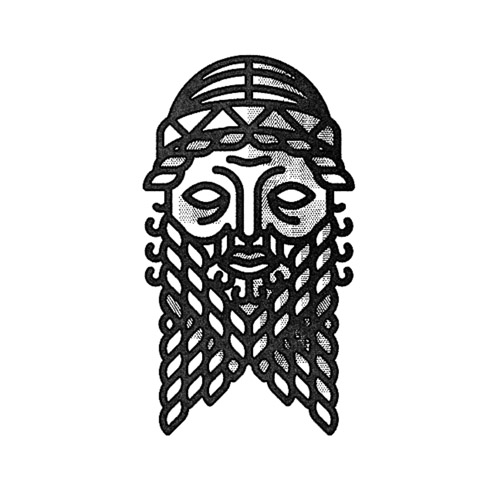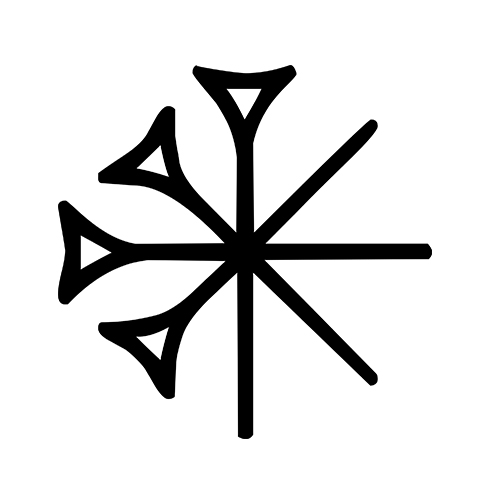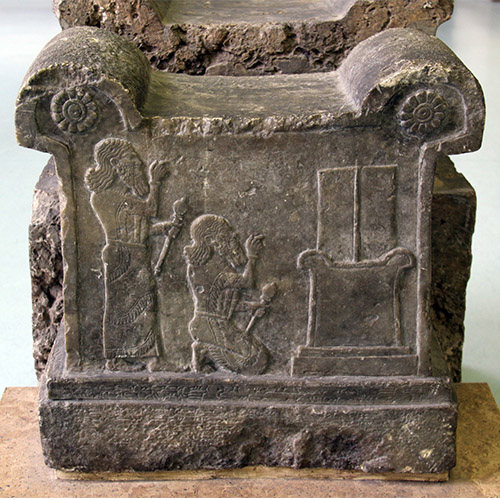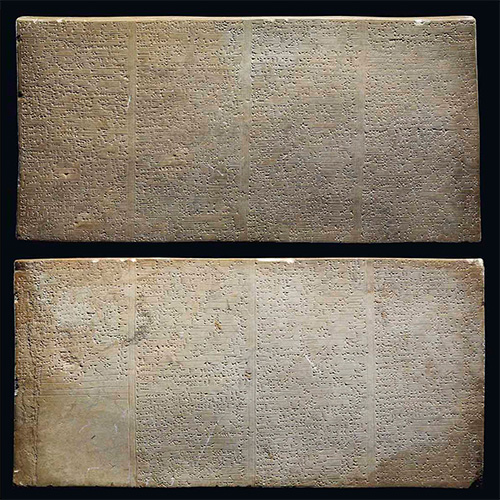About
"The Great Inscription of Tukulti-Ninurta I" is a special journal publication by The Israel Museum, written by Yigal Bloch and Laura A. Peri. It contains a translation (and transliteration) of the myth named The Epic of Tukulti-Ninurta I.
Source: OMNIKA
Access
Read for free
External sources
Primary
Myth

Tukulti-Ninurta I, the Assyrian leader, describes his military campaigns against the Babylonians. The poetic narrative embellishes the might and power of Tukulti-Ninurta I and his army, resulting in an Assyrian victory. A statue of the chief Babylonian deity, Marduk, was stolen and taken to the Assyrian capital.
Belief system
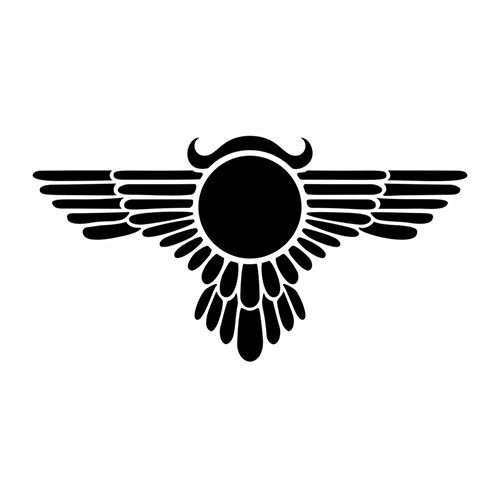
Assyrian religion was adapted from Babylonian and Akkadian culture during the first two centuries BCE. The religion was practiced from roughly 2000-500 BCE in modern-day Iraq and its chief deity was Aššur.
Deity

Aššur (Sumerian: 𒀭𒊹) was the chief deity of Assyrian cultural traditions, wherein the capital was named after him. He is typically symbolized by a winged sun disc.
Translation

Bloch's work provides both a transliteration and an English translation of Tukulti-Ninurta's inscription on pages 21-35. It is organized in seven columns and contains only a few missing lines. The whole work is a tribute to the cruel Assyrian conqueror's accomplishments and was written c. 1241–1206 BCE. (Note that the line numbers are not sequential.).
Myths cited
It looks like only the main myth was referenced in this work.
Belief systems cited
Artifacts cited
Contributor
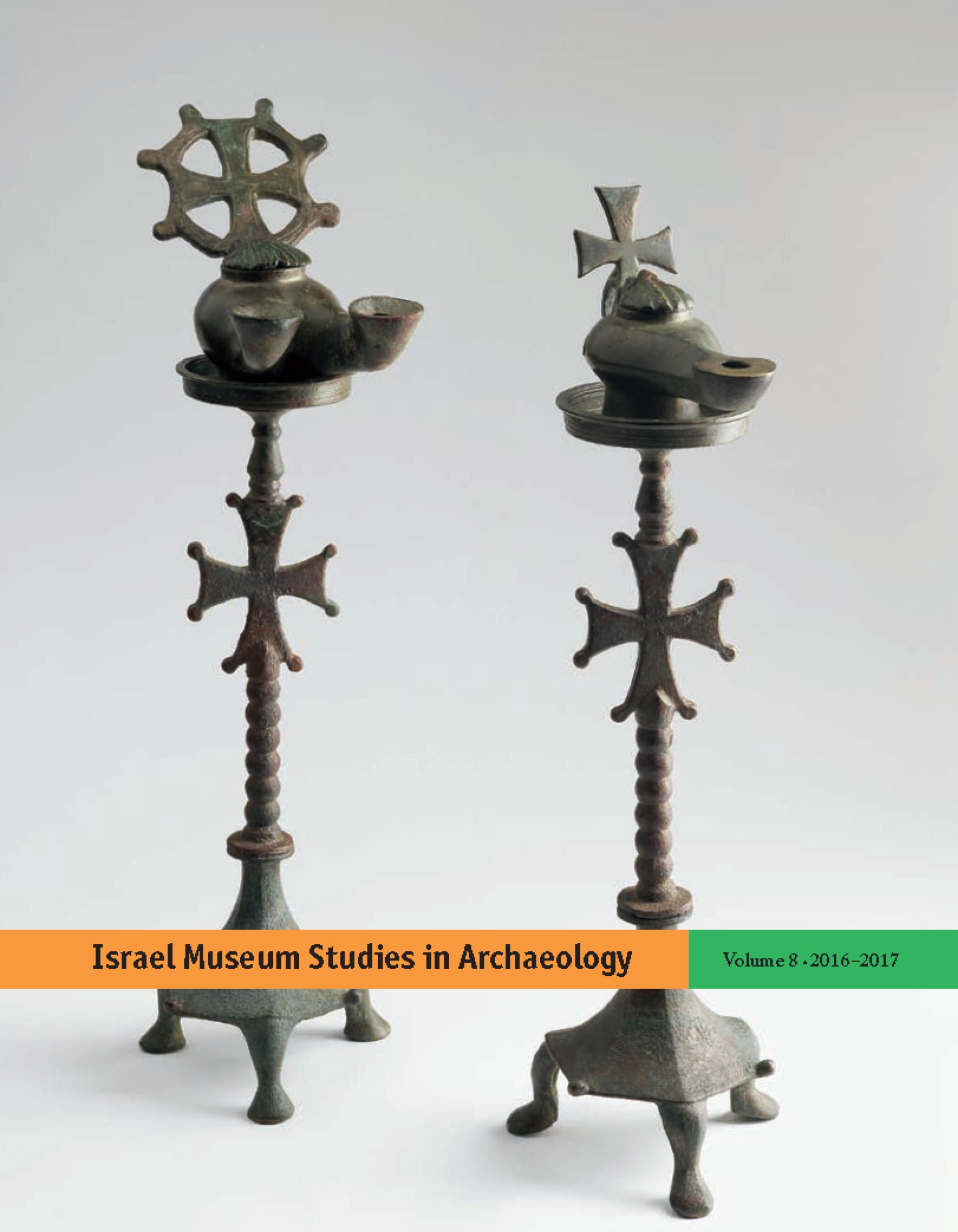
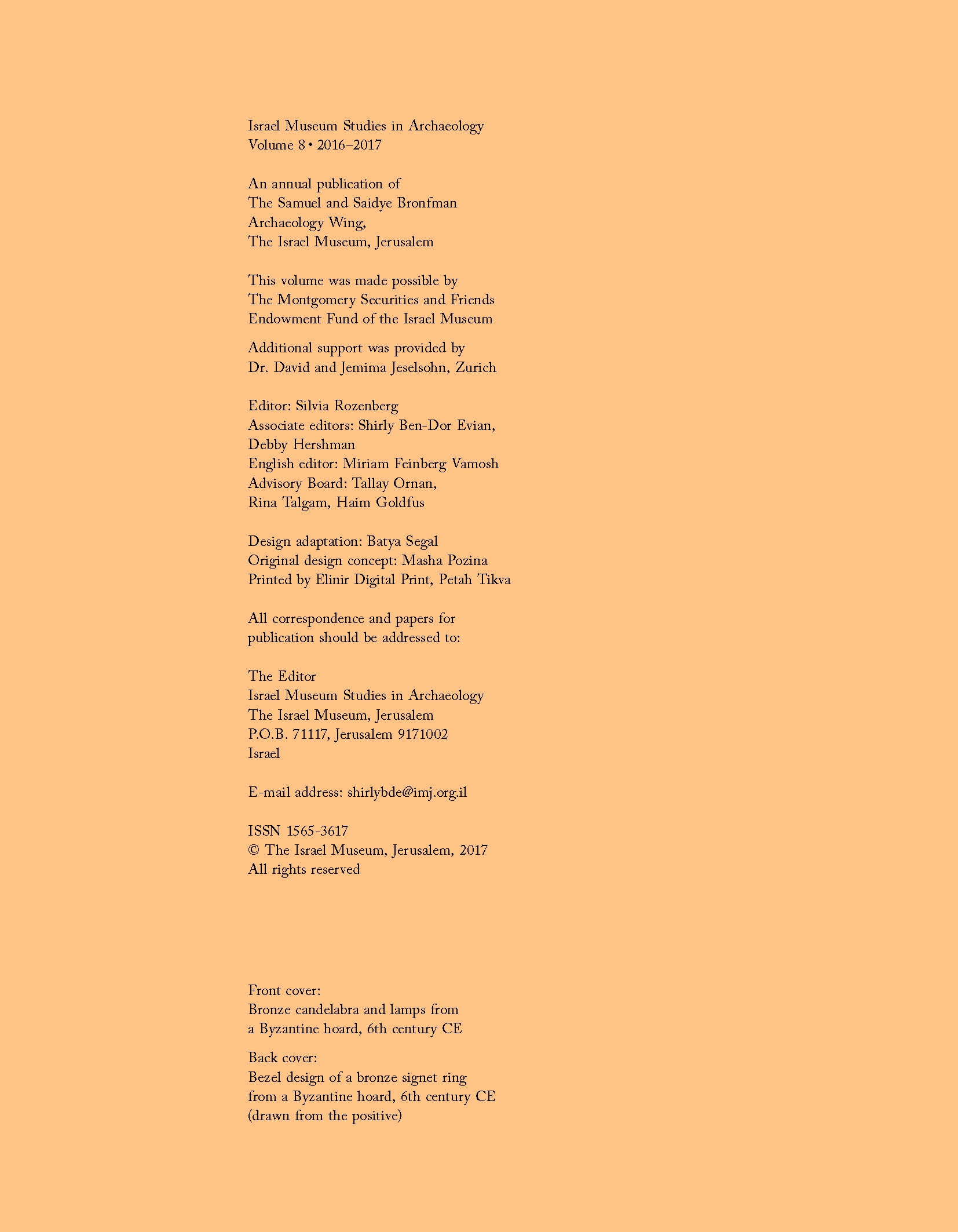
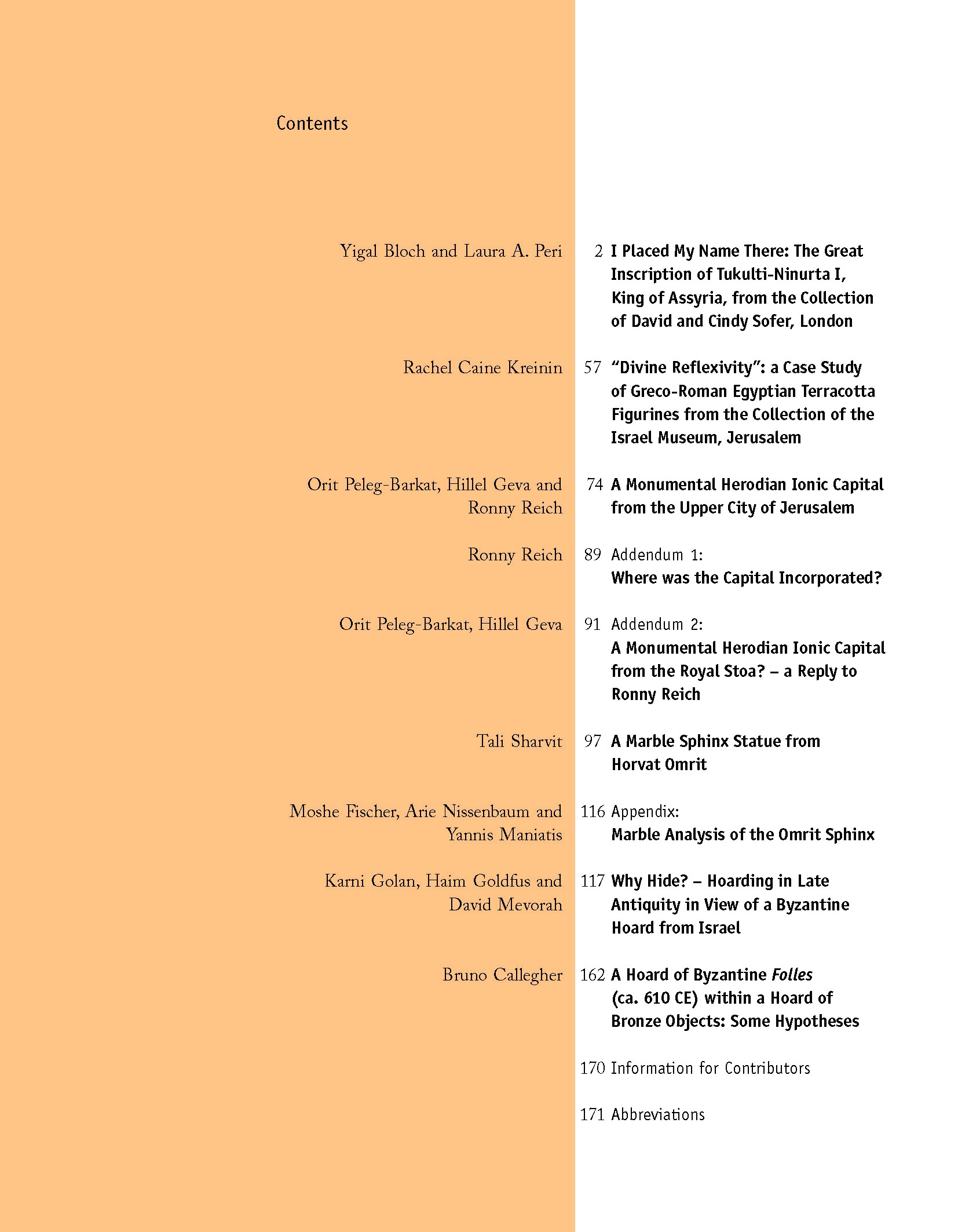
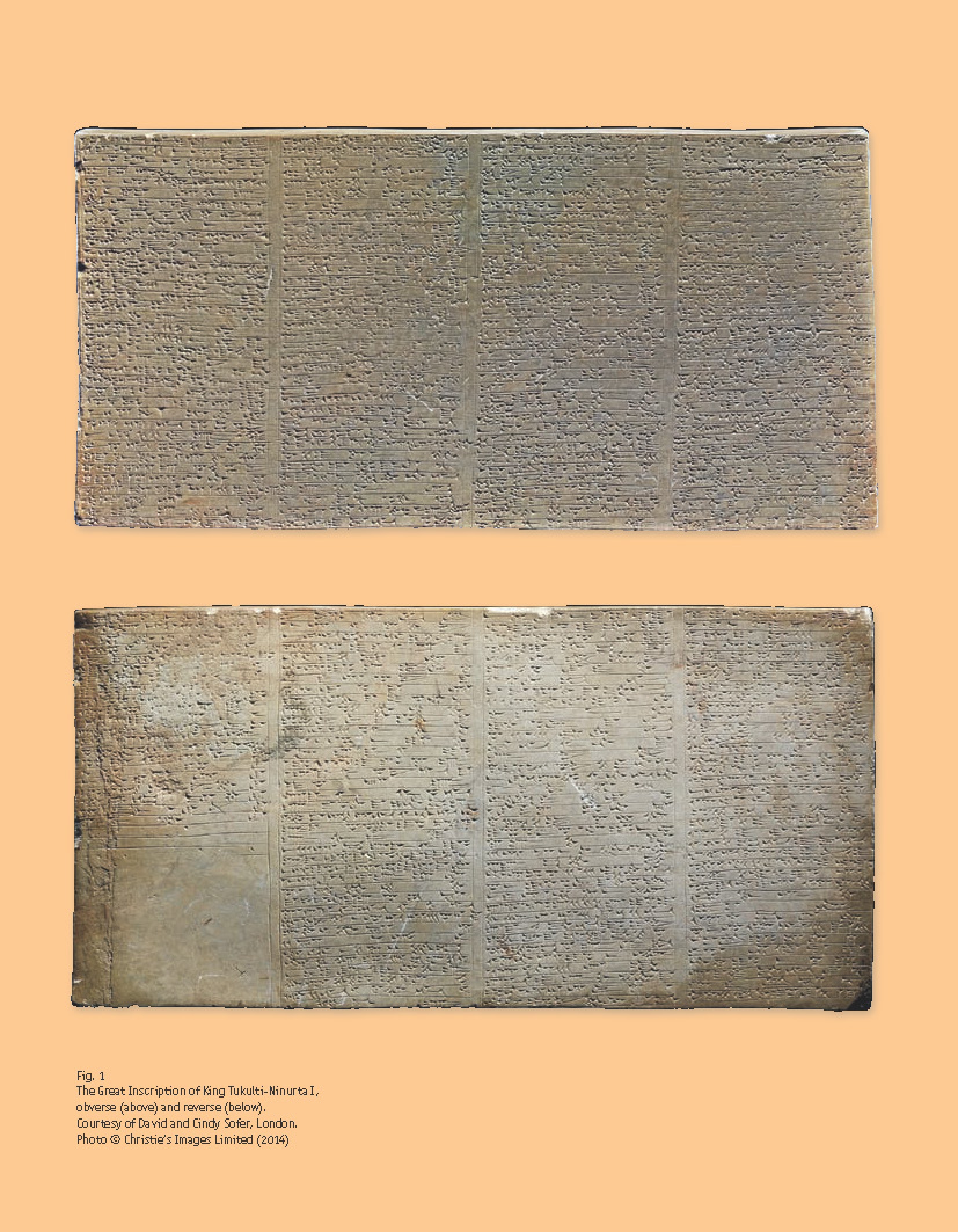

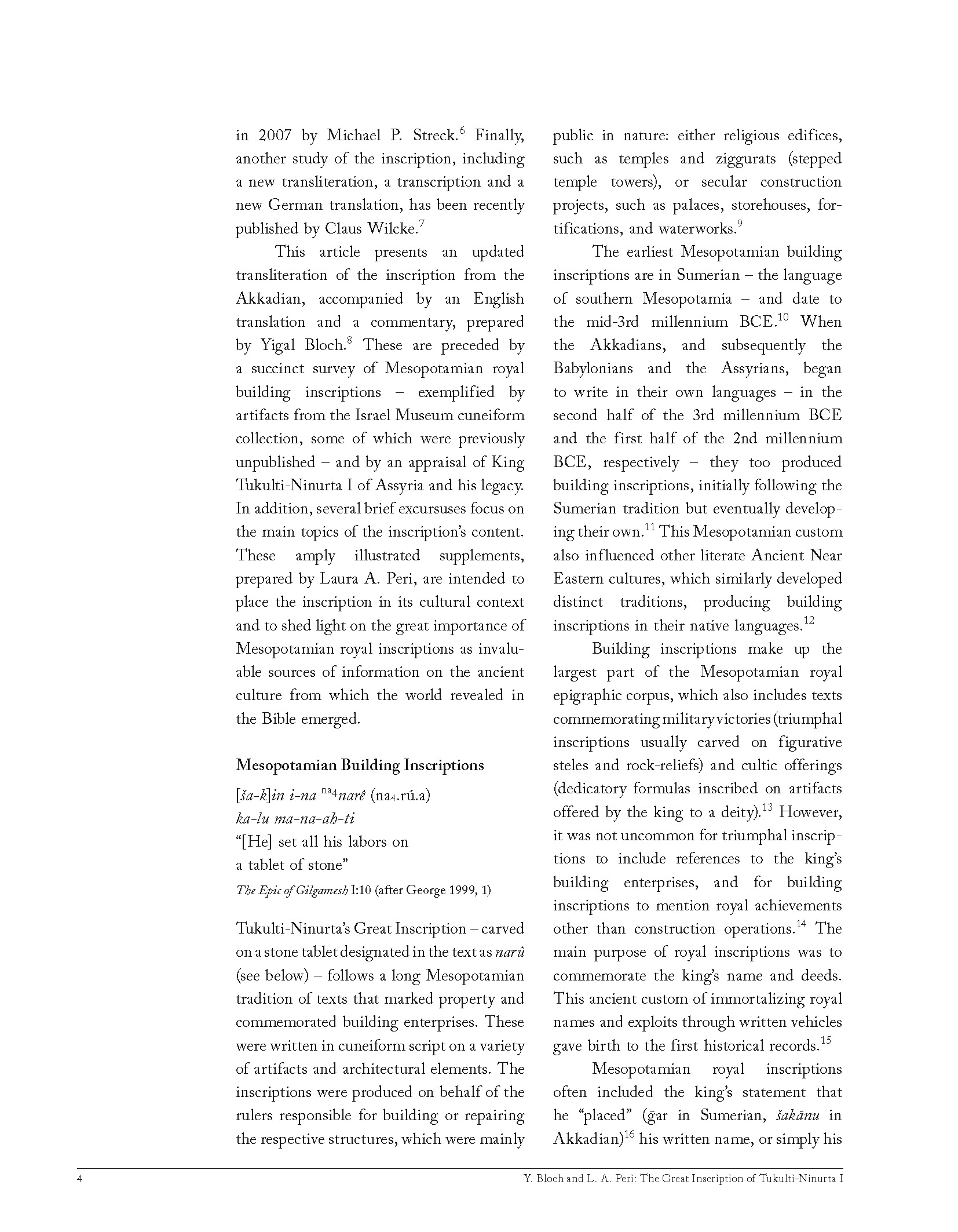
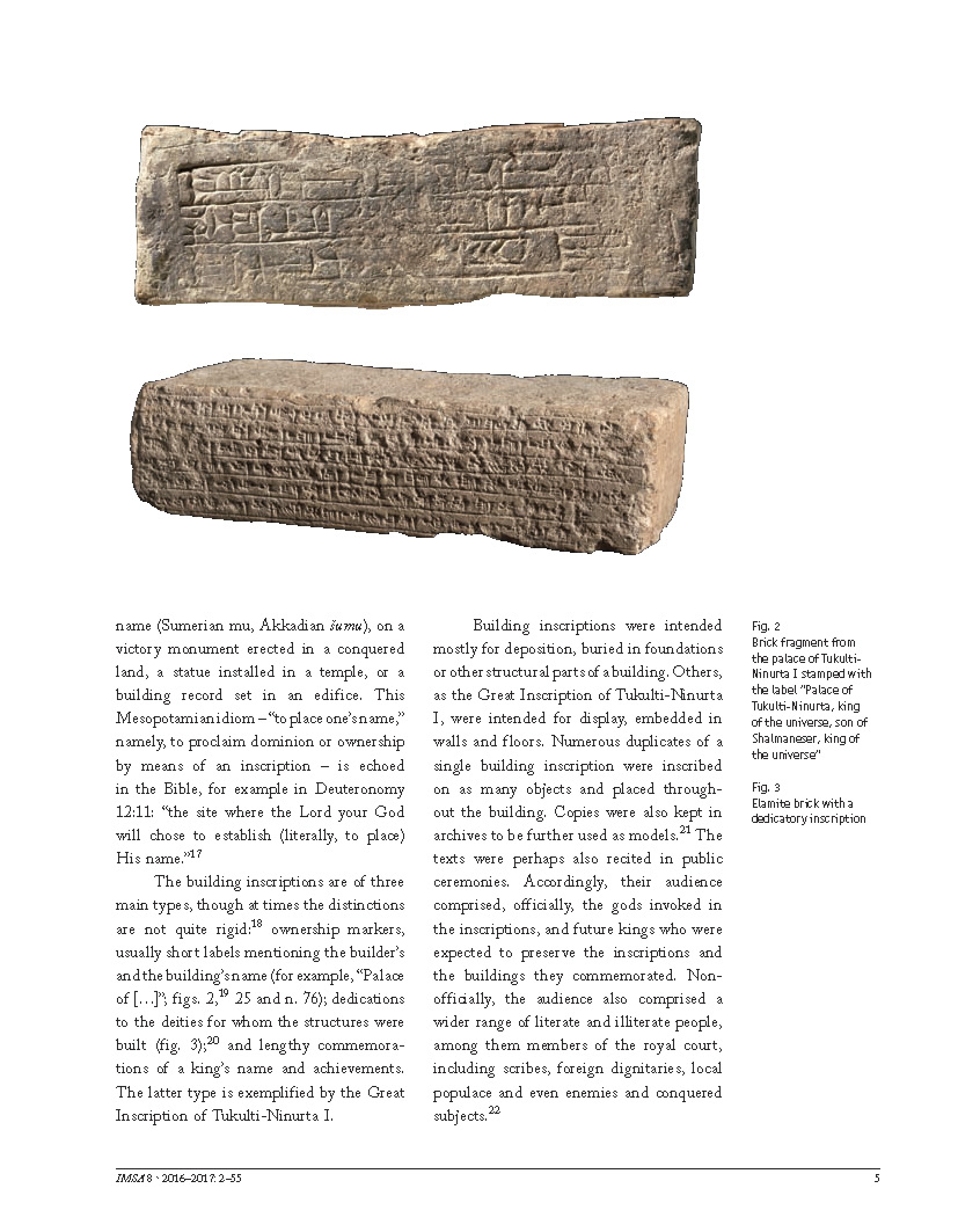
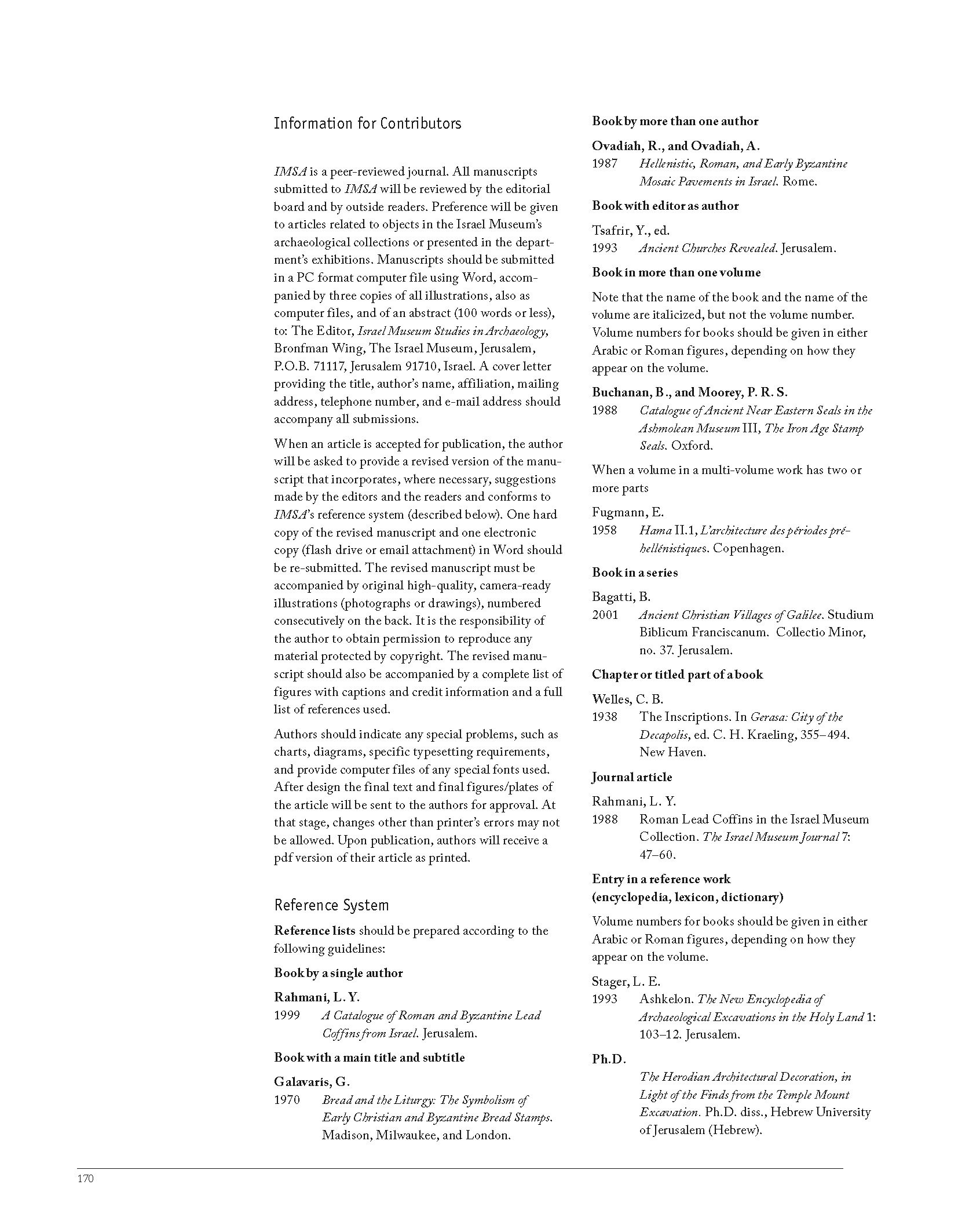
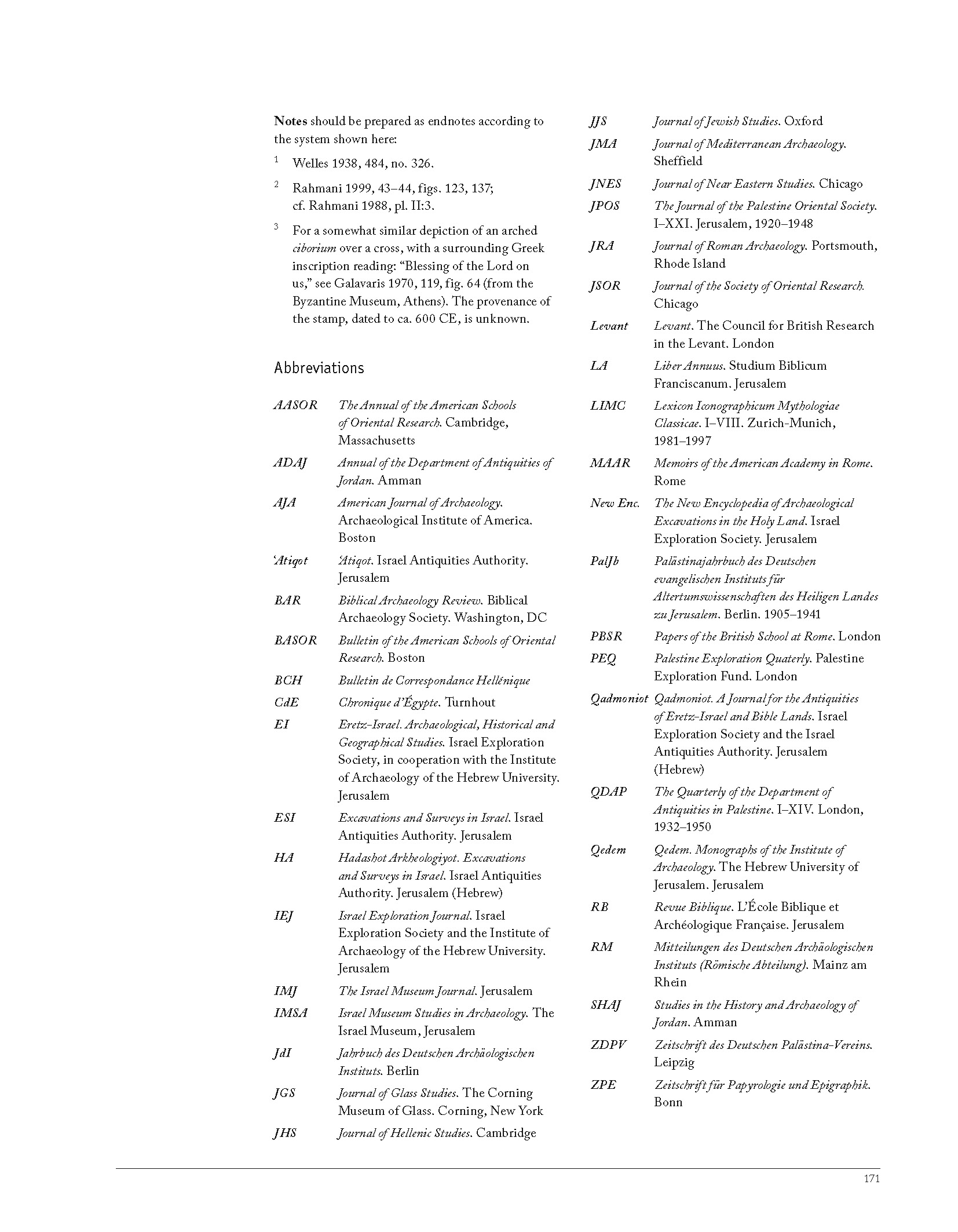
Cite this work
ChicagoBloch, Yigal, and Laura A. Peri. "I Placed My Name There: The Great Inscription of Tukulti-Ninurta I, King of Assyria, from the Collection of David and Cindy Sofer." Israel Museum Studies in Archaeology 8 (2016-2017): 2-55.
